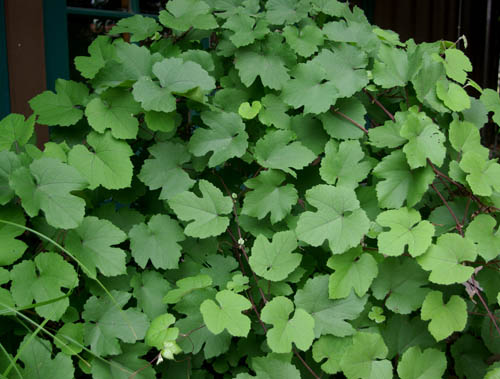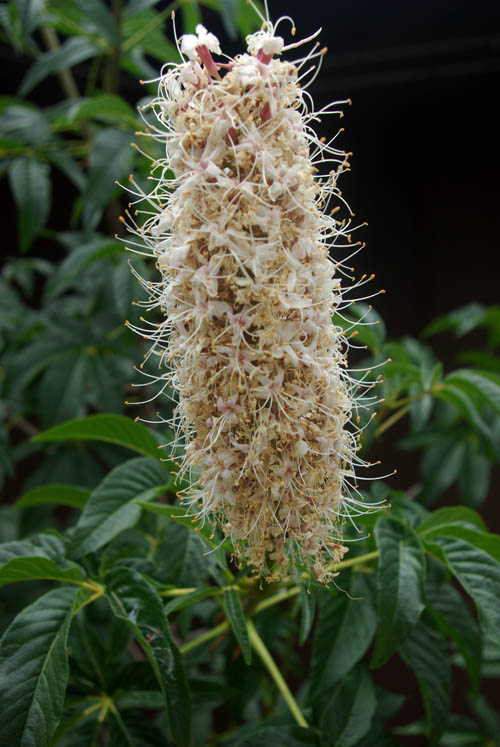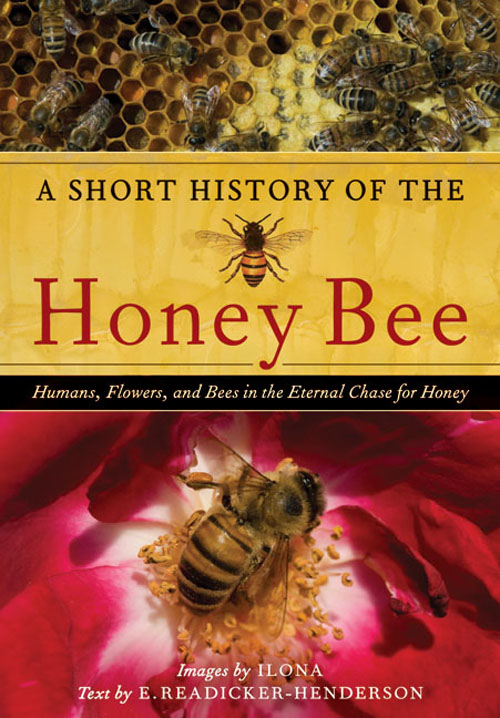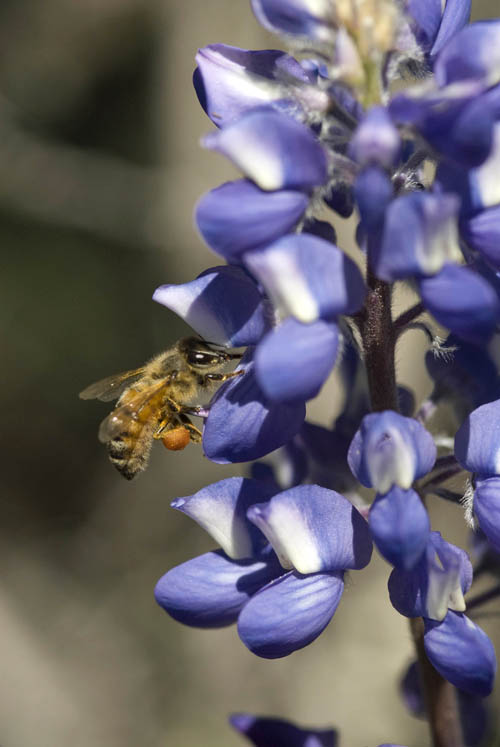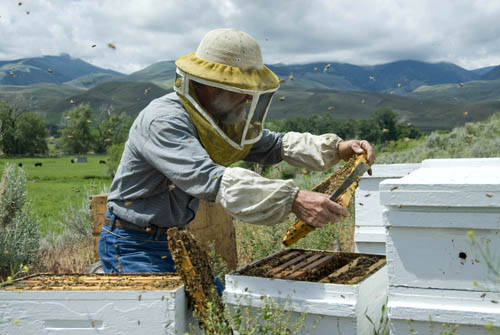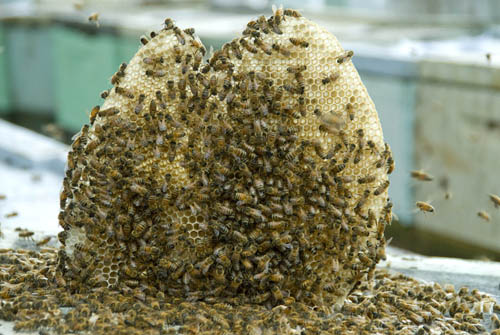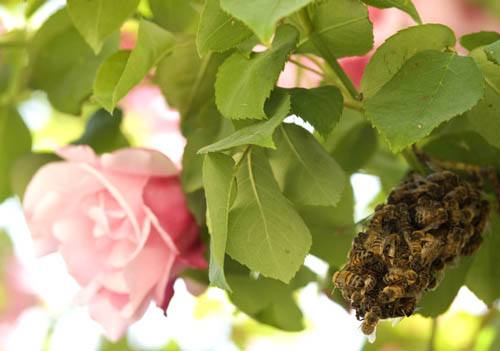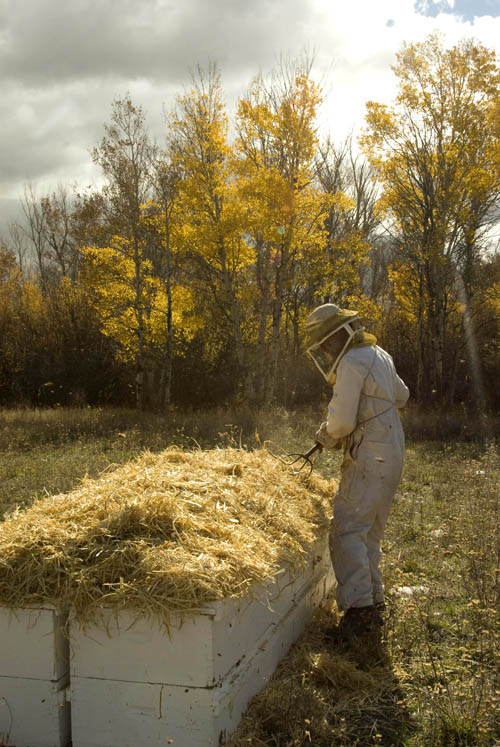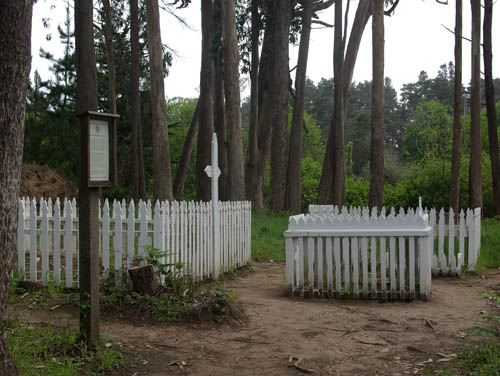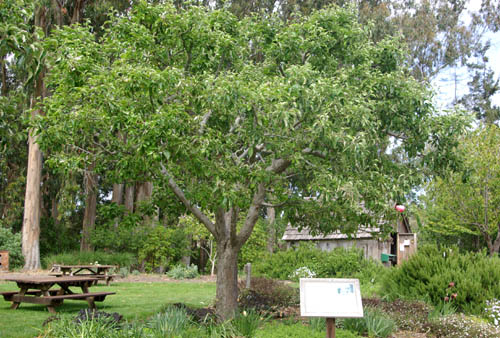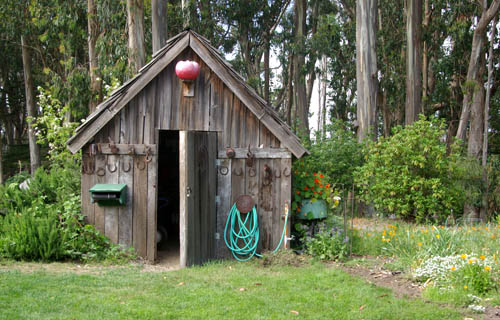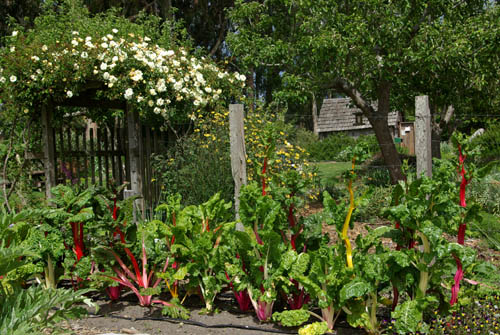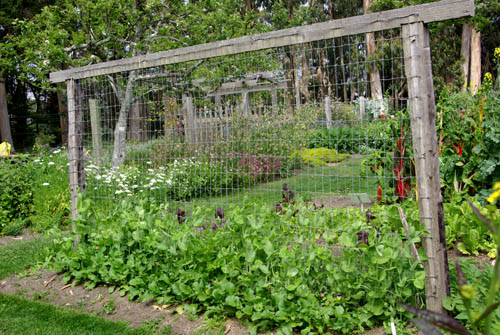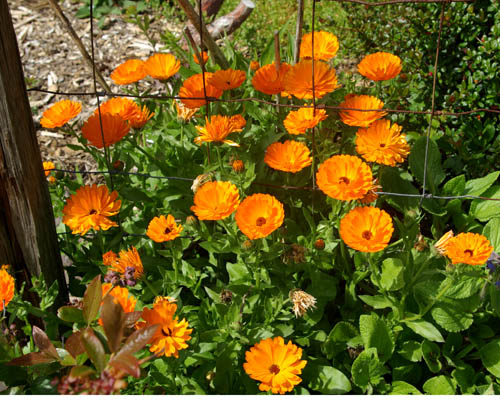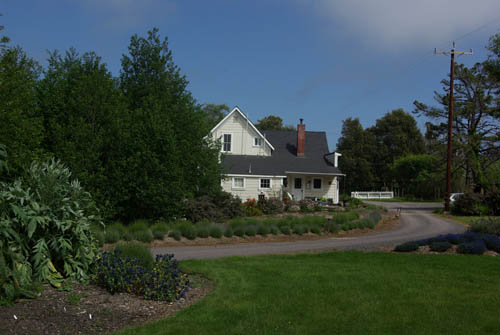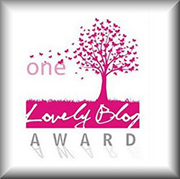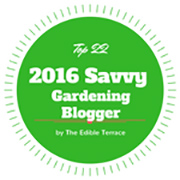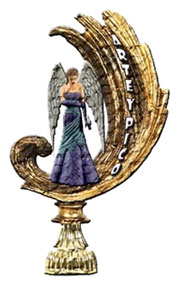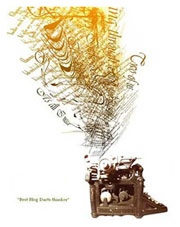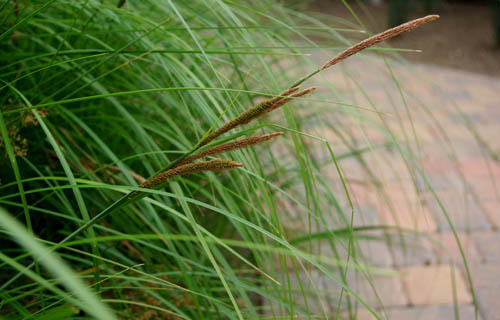
sedge or white root, Carex barbarea
My last visit to Grace Hudson Museum in Mendocino County I was surprised and delighted to discover that the director was in the process of creating a garden at the museum that would contain nothing but plants native to Northern California that had been used for centuries by the Native American peoples who inhabited the terrain. This included the Pomo, the Wailaki and the Kato Indians. I knew this would afford visitors a very unique opportunity to learn invaluable information about their own surroundings, information that traditionally goes unnoticed, unexplored and untapped. So I made a mental note to return once the garden was underway and this week I kept that promise to myself. I first spent about an hour simply walking around the garden, still being established, but well on its way, examining and photographing plants that I found myself drawn to. This was followed later in the afternoon with an interview with director Sherrie Smith-Ferri, who kindly shared her impressive knowledge of these plants with me.
In all honesty though a couple of the plants I photographed looked familiar, I really could not name anything beyond the wild grape. And given that I have lived in wine country for many years, I must confess that I never think of grapes as anything I might encounter in the wild, and, in fact, never have. Nevertheless, apparently they are out there, probably beyond where I would trek, and the fruit, I was told later, is small, the seeds large, so it would be more common for animals to find them worthy fare, though now I want to find starter plants and install them in my environment for their beauty if nothing else. Native peoples ate the fruit in late summer and on occasion used the vines in their basketry.
When I returned in the late afternoon to secure more information about the plants Sherrie explained that both sedge (above) and bulrush were used by Native American peoples in their basket making. [It should be noted that the Grace Hudson Museum is home to an exquisite collection of Native American baskets, a post I hope to create before year’s end.] I was surprised to learn, however, that it was the rhizomes, the runner roots, that the basketmakers sought as their weaving materials, not the sedge or bulrush leaves themselves. Any Bible readers will recall that bulrush was used by the Egyptians for their baskets as well. It is found on the edge of lakes and ponds and was prized by Native Americans for its dark color, thus serving as the black material used in baskets. Sometimes the root was dyed with black walnut husks and iron to make the color even darker. Here is a photo of the ones growing at the museum.

bulrush, or black root, Scirpus robustus
Now, given that I went to university in Ohio I really ought to have known the next plant I logged: the buckeye.
I found it amusing when Sherrie told me the buckeye had been regarded as a “second class food” which is not terribly surprising when you additionally learn that the fruit is poisonous, and requires extensive treatment, being roasted, ground and leached, to make it safely palatable. The fruit can also be boiled extensively rendering a carbohydrate, perhaps for lean times. I found the flower interesting and could imagine using in an arrangement!
A plant I’d be more inclined to readily eat which I found growing in the garden was the elderberry.

elderberry, Sambucus mexicana
You will readily imagine my surprise that while the Native Americans also appreciated the fruits of the elderberry tree, what they most prized were the hollowed out branches, not unlike bamboo, which they used to make clapper sticks, rhythmical instruments used to accompany their singing.
Next to the elderberry is an extensive dogbane stand. Energetically I enjoyed being with this plant and photographing it. I felt a particular kinship.
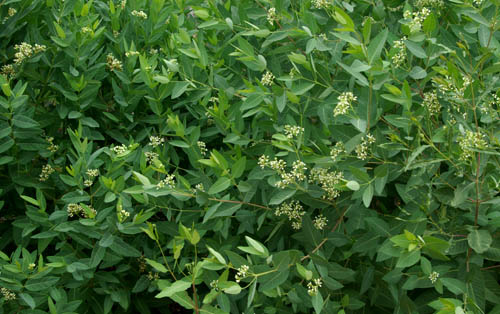
dogbane, Apocynum cannabinum
When I spoke with Sherrie about dogbane she told me the plant is very much flourishing, bordering on invasive and will have to be kept in check. Good to know! This plant also carried a surprise history in that Native Americans use the stems by rolling them on their thigh or leg, rendering a fiber commonly used in making fishing nets, belts, and sometimes for stringing beads. I want to see that done, don’t you?
Among the greenery I found a flurry of small purple flowers, and photographed a single one for us to ponder.

Ithuriel’s spear, Triteleia laxa
In spite of the lyrical and lofty common name I was informed it is one of several “Indian potatoes” which are all from the lily family. The bulbs, which were roasted to sweetness, were an important food source. It bears a lovely flower.
Finally a plant revealed itself with which I have some small history–yerba santa, not unknown to my early San Francisco herb learning.

yerba santa or mountain balm, Eriodictyon californicum
The leaves are to this day used as a medicinal tea, taken both internally or used as an external wash. Yerba santa was a highly prized herb to the Native Americans. We should take note.
I hope I have inspired you, dear readers, to explore what might be growing in your own immediate environs. By exploring the local Native American traditions of your own locale I’m suspecting you will open the doors to invaluable wisdom discovered over many generations of which you might avail yourselves, who knows to what advantage?
Love and gardening blessings,
Kathryn xoxo
Posted on June 7th, 2009 by Kathryn
Filed under: Plants | 20 Comments »

